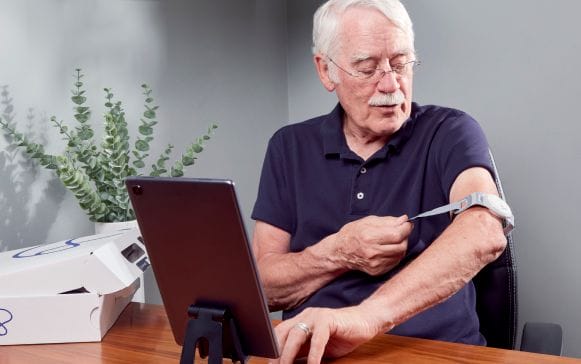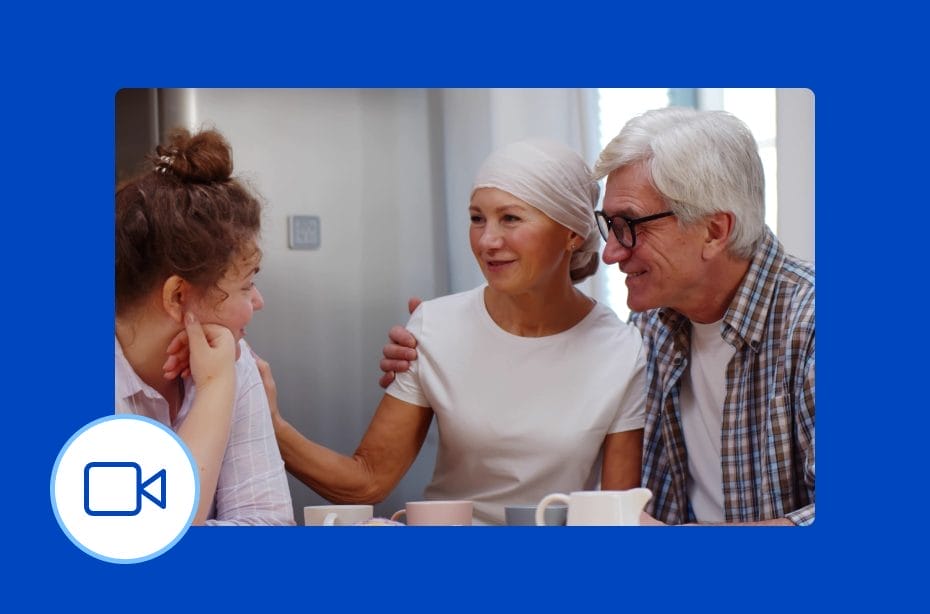Continuous Monitoring is Helping us Save Lives
Baptist Health, based in Kentucky and Southern Indiana, is a leading health system committed to bringing the latest medical advancements to the region to enhance the provision of care to its communities.
The system’s dedicated Home Care team recently implemented Current Health’s remote patient monitoring technology to help to reduce inpatient length of stay and prevent acute readmissions of patients suffering from chronic obstructive pulmonary disease (COPD) and congestive heart failure (CHF).
Why Current Health?
The core reasons why the organization decided to use Current Health’s technology over traditional at-home monitoring equipment was the continuous vital sign capture and early warning alerts to health deterioration it provided.
For Baptist Health, these features allowed higher-risk patients (such as those suffering from COPD and CHF) to be safely discharged earlier and monitored at home. Dr Brett Oliver, Baptist Health’s CMIO, explained why this was so important:
“These alerts enable intervention sooner which can have a dramatic impact on patient outcomes. We have already seen instances where symptoms were not detected by the patient or family members. However, because of continuous monitoring, we were able to see a significant change and intervene.”
This was no more apparent than when Current Health’s solution recently helped to save the life of a Western Kentucky woman living with COPD. Current Health’s sensor (worn by the patient day and night) detected a drop in the woman’s blood oxygen saturation levels and an increase in her respiration rate which triggered an alarm to her Home Care team. The team quickly responded and transferred the patient from her home to Baptist Health Paducah’s ICU by ambulance where she received life-saving treatment. Today, the woman is back home, alive and well. Tammy Sullivan, Director of the care team responsible for this patient, reflected:
“A traditional cardiac telehealth system would not have given us the info that we needed to detect this patient’s deteriorating condition.”
How does Current Health differ from traditional at-home monitoring systems?
Many conventional at-home monitoring systems (also known as telehealth systems) are limited to intermittent measurements of vital signs. These measurements are taken by either the patient or their caregiver and inputted into an app or online hub. With these minimal spot readings, downward trends in health can often be spotted too late, leading to worsening symptoms and even fatalities. The continuous vitals capture provided by Current Health gives healthcare professionals a far broader and contextual picture of patient health. Furthermore, the solution’s AI platform translates the captured data to send precise actionable insights to healthcare teams so earlier, proactive care can be delivered.
What do Baptist Health’s patients think of Current Health?
Current Health’s solution provides significant convenience and peace of mind to patients. Paul Crockett, Baptist Health’s Vice President for Home Care, commented:
“Our patients are happy to have this technology. It not only provides added assurance with continuous monitoring but reduces the need for face-to-face encounters.”
This is important for patients with chronic conditions such as CHF and COPD, as travelling to and from medical appointments can be exhausting and, in most recent times, can potentially expose them to the coronavirus. The inclusion of video calling within Current Health’s platform minimizes in-person visits yet still allows care teams to regularly engage with and assess their patients.
To learn more about how Baptist Health is utilizing and scaling virtual care, check out our recent webinar with Baptist Health’s CMIO, Dr. Brett Oliver here.


